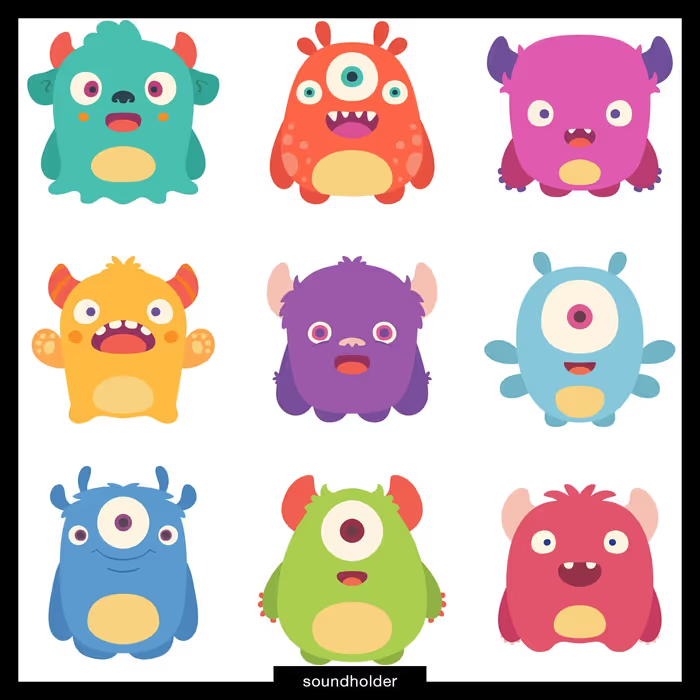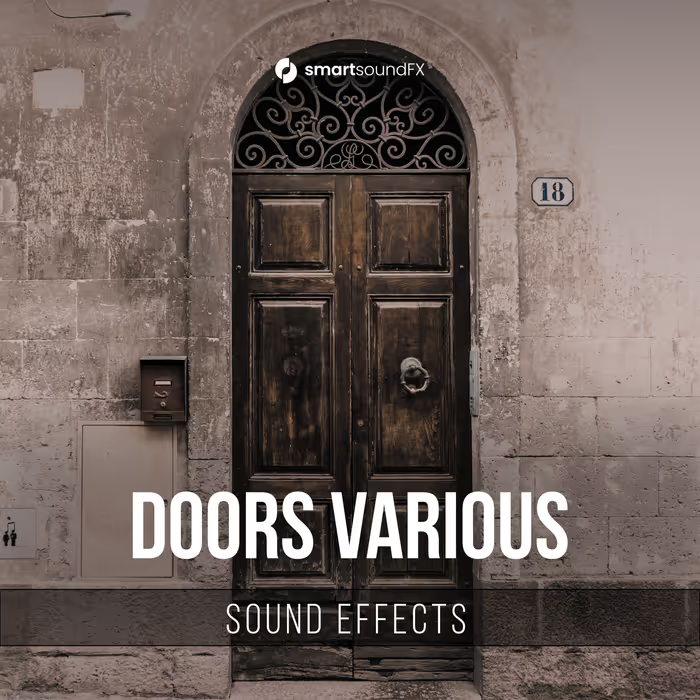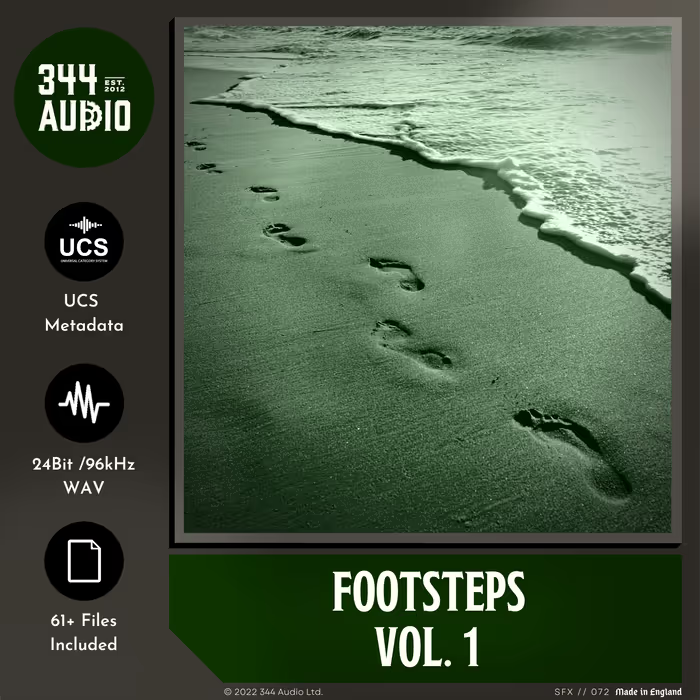In my late 20s, a friend of my wife and I asked me to accompany she and her son to an audition. Her son, who was 5 or 6 at the time, was auditioning for a part on a TV show that was going to start filming in the area soon. At one point during the audition, the gentleman who met with us asked the boy to scream. He let out a timid scream, more like quietly mimicking a scream than actually screaming.
“No, scream! As loud as you can!” the man encouraged.
He let out another scream, a little bit louder, but still just at speaking volume. He tried two or three more times, and then the man moved on to a few other questions, and the audition wrapped up. He didn’t get a call back. He forgot about it, it wasn’t a big deal.
The man was trying to see how inhibited this kid was. Could he just completely let loose and scream at the top of his lungs on command? Or was he going to be too embarrassed, timid, shy, pick your reason? I imagine this information would give him an idea of how the kid would behave on set, whether he’d be willing to do whatever silly things they needed for the show, or whether he’d burn precious production time.
We have to be willing to try new approaches that may violate “the rules” of audio, to proceed despite the fear of failure
There’s a parallel between what this guy wanted to see this kid do, and what we do every time we sit down in front of a project: we have to be uninhibited. We have to be willing to try new approaches that may violate “the rules” of audio, to proceed despite the fear of failure.
I’ve talked with a lot of sound friends throughout my career, and a favorite topic I come back to is whether creativity can be learned/taught or not. It is my belief that the core concepts of it can be taught, certain behaviors and studies can be encouraged, but ultimately there are elements of the creative instinct that are either going to surface or not. One of those elements of the creative instinct is the ability to overcome inhibition and proceed in creative ways.
I struggled with this a lot early in my career, but I’ve come up with a few things that help me, and I’ve borrowed some from friends, and I wanted to share them with you in the hopes they will help you to get out of your own way and be creative when you need to.
Practice Breaking “Audio Rules”
There are so many rules. Practice breaking them. Do things that are wrong, do it intentionally, and if it makes you uncomfortable, that’s even better. Slam the hell out of some source material, then slam it some more, and hear what happens. Chain six delays in a row on a single layer in your build and hear what happens.
There are so many rules. Practice breaking them.
I believe very deeply that it’s important to understand the fundamentals of signal flow and good audio engineering, and I would encourage anyone pursuing our field to gain that knowledge. But you also need to achieve a level of comfort with violating those rules and experimenting. Following all of the rules and not pushing your methods and tools as far as you possibly can is you being afraid to scream as loudly as you can.
Force Yourself to Do Uncomfortable Things
I am one of those people that likes everything to look new, always. If I get even the tiniest crack in my phone screen, I want to fix the screen.
It’s like a muscle. The more you push yourself out of your comfort zone, the more easily you can do it in the future
When I used to buy laptops, I would never put stickers on them. Lately, I’ve been living with a minor crack in my screen. I’ve put stickers on my laptop. When I feel myself resisting doing something because it makes me feel uncomfortable, but I logically understand there’s no danger, I do it anyway. It’s like a muscle. The more you push yourself out of your comfort zone, the more easily you can do it in the future.
Put Your Editor in a Cage
I encourage you to think of the editorial part of your brain as an individual separate from yourself. At the risk of making everyone think I’m a bit crazy, I’ll tell you that mine’s an asshole. He tells me everything that’s wrong with what I’ve done.
His voice shifts between the voices of a few critics I’ve had over the course of my career that did their best to tear me down at every opportunity. I don’t like him. But he serves a purpose. When I let the editor out of his cage, I listen to his criticisms, I decide what I think has value and what doesn’t, and then I tell him to shut the hell up and lock him away again.
When I was young, I read an interview with Tori Amos in which she described her songs as “girls” that she knew, and talked about their personalities. I thought she was crazy at the time, but now I understand how personifying components of your creative process can help you internally manage the process.
Meditation
The method I use is transcendental meditation. I visited a teacher, he taught me how to do it, and I do it. But the specific method isn’t important. What’s important is that it allows me to perform a sort of emotional reboot of myself.
I’ve found this helps me keep the editor in his cage, and creates less mental resistance to experimenting and trying different ideas
Turning inward, focusing on my mantra, and allowing the world to just go by me for 25 minutes or so relieves stress, tension, and allows me to sit down at my desk and focus on my work with fewer worries lingering in the back of my mind.
I’ve found this helps me keep the editor in his cage, and creates less mental resistance to experimenting and trying different ideas.
Following (and Breaking) Established Processes
Often it’s better for me to start with a framework of rules, an established process, and then deviate from it once I’ve started chasing a spark and instinct has taken over
I’ve found in my practice that having a completely open-ended process, with no boundaries whatsoever, is intimidating. Where do I start? What should I do? There are too many choices: too many plugins, too many recordings in the library. Some days I can overcome this, pick a direction and just start going, but often it’s better for me to start with a framework of rules, an established process, and then deviate from it once I’ve started chasing a spark and instinct has taken over.
Creative Fear
Fear of failure has haunted me most of my life, as it has many people. But what I’ve learned from talking to some of the most talented sound folks I know is that they often don’t know what the hell they’re doing either. I’ve had Oscar winning sound people tell me that they fail regularly in their work. And we’re not talking about a few times a year, we’re talking about hundreds of times on a single project. They make something, it doesn’t work, they trash it and start again.
They regularly feel the pressure of not knowing how they’re going to overcome the challenge in front of them, but they charge ahead despite the fear because, well they’re on the hook and really have no choice.
Don’t be afraid to start because you don’t know how you will reach the end result you desire. And don’t think you have to hear the sound in your head before you can make it.
The important takeaway here? Don’t be afraid to try something because you don’t know how it’s going to work out. Don’t be afraid to start because you don’t know how you will reach the end result you desire. And don’t think you have to hear the sound in your head before you can make it. Acknowledge the fear, but let go, lose yourself in the process, and trust that something will work out.
Your heroes, the people who have made amazing sounding films and games, whose interviews you read and study for any little tidbit you can learn from? Odds are they don’t know how the hell they’re going to get through their next project. They just know that they will, because they’ve figured it before. So will you.







